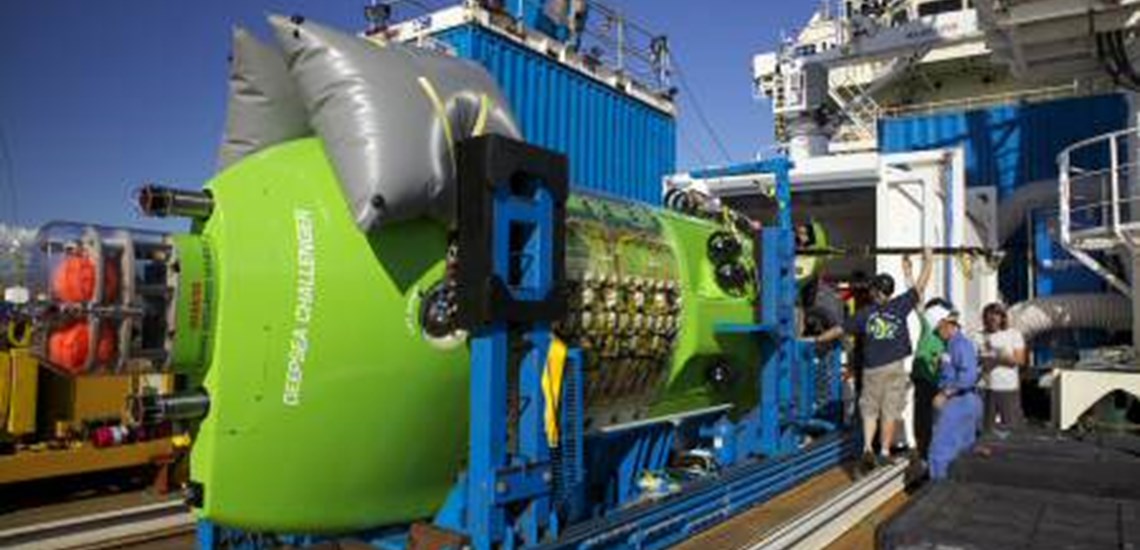Acutec Connects James Cameron's Deep Dive Project

Working for the project's communications provider Telstra, Acutec has recently deployed complete marine VSAT, IT and voice solutions on James Cameron's deep-dive support boats the Mermaid Sapphire and SS Barakuda.
If successful, The National Geographic project will be only the second to operate a manned submersible mission to almost 11,000m, the deepest point in the Earth's oceans. The craft will be piloted by the film-maker and explorer himself.
With a brief to provide fast, reliable, redundant satellite communications for the project, the Acutec team supplied and installed both C and Ku-band Sea Tel marine VSAT antennas on the two support boats at short notice.
The complete solution includes satellite bandwidth, along with voice and network infrastructure and technical support. It enables the large embarked teams of scientists, engineers, film-makers and other personnel to communicate. The large C-band system is used by Telstra engineers to send high-definition video to the world's shore-based media networks in real-time.

The project is soon to re-locate to the Pacific island of Guam, approximately 200nm North East of the dive site. Here they will make final preparations for the descent in which James Cameron himself will pilot the submarine into the Challenger Deep, the deepest part of the Mariana Trench.
Acutec Engineer Joseph Harvey will be embedded with the approximately 70-strong team for the dive itself. Along with shore based Telstra and Acutec engineers, Joseph will be tasked with maintaining essential communications. Joseph explained that 'during diving operations, the Ku band VSAT is used amongst other things for critical realtime updates of the GPS corrections for the submarine's under-water acoustic positioning and data communications systems.'
For more information on the Deep Sea Challenge project please visit deepseachallenge.com